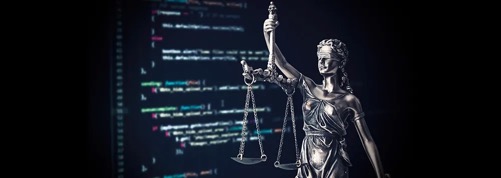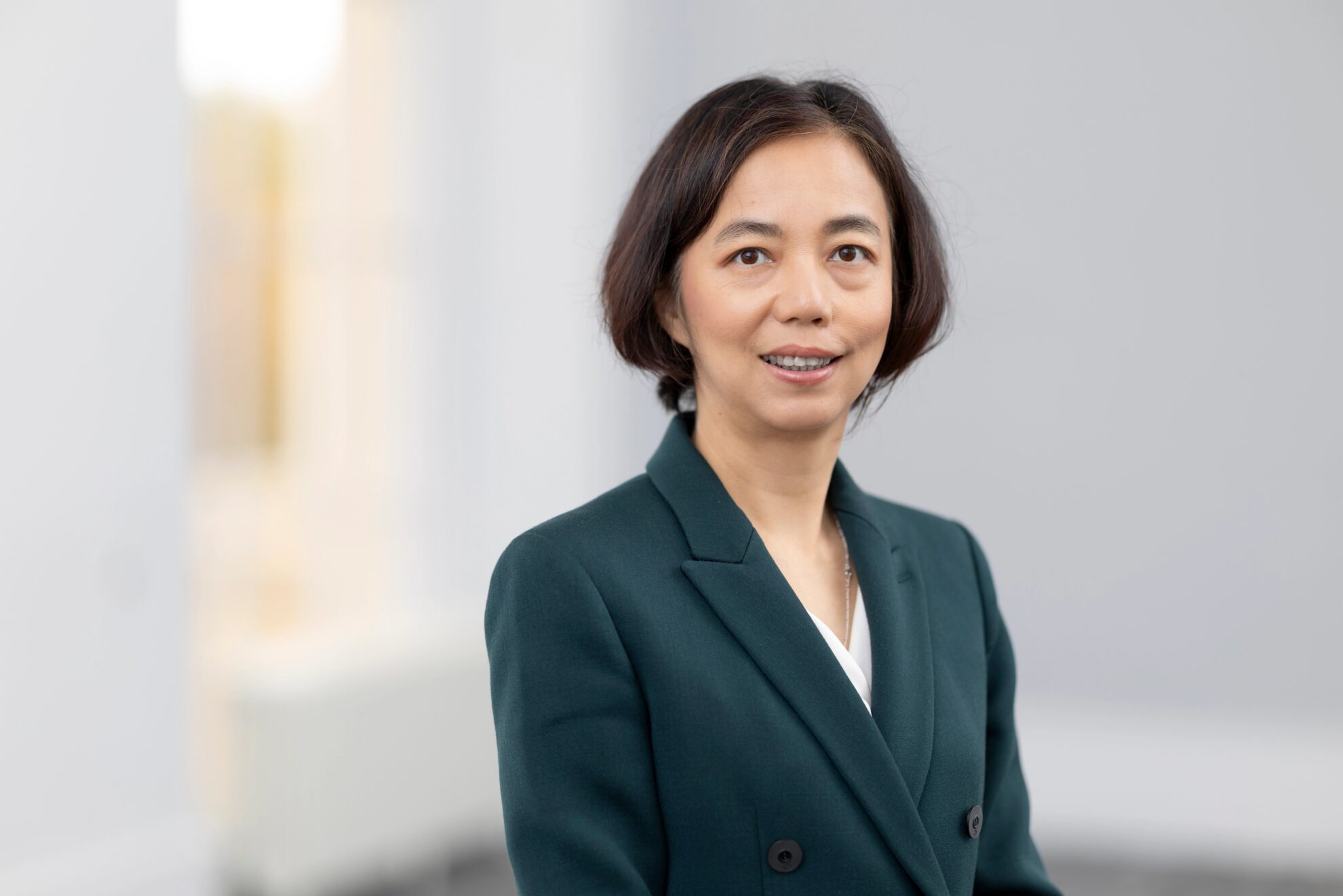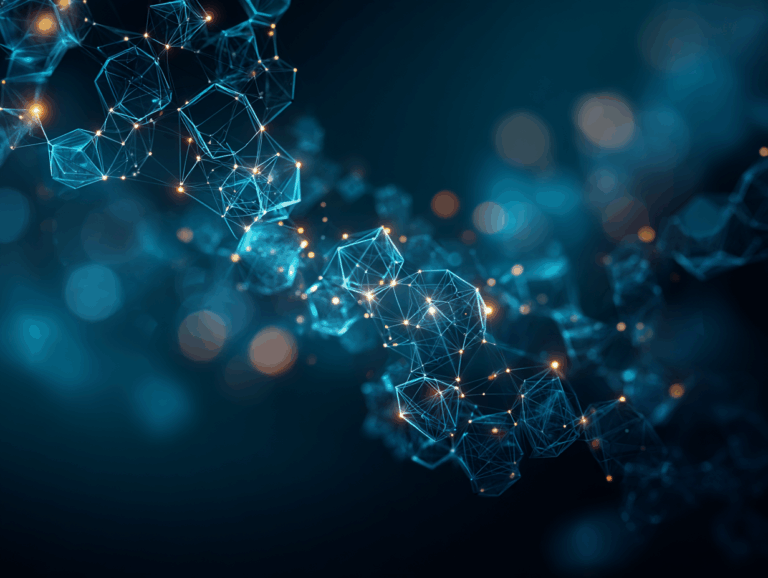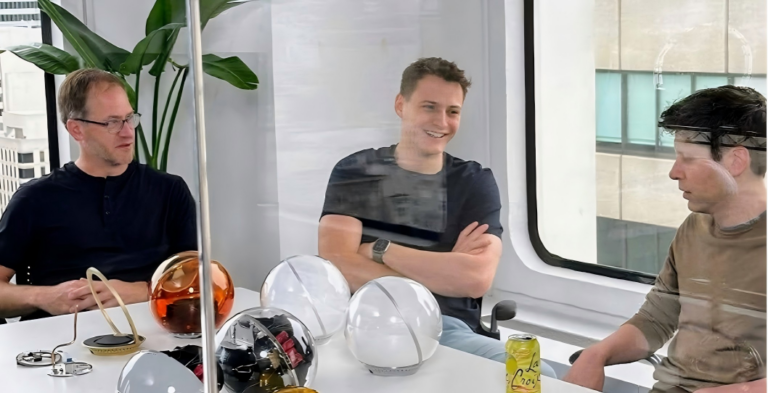Command Palette
Search for a command to run...
India's Chief Justice Pushes AI Into the Judiciary, but Has Been Controversial for Discriminating Against Women
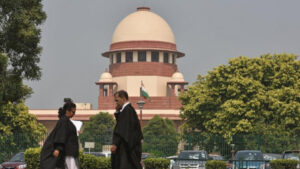
With the awakening of citizens' legal consciousness, more and more people choose to take up the weapon of law to defend their legitimate rights and interests. Faced with mountains of unresolved cases, how to improve the efficiency of judicial institutions has become a top priority.
In 2018, a report released by the National Transformation Commission of India pointed out that the number of unresolved cases in India's district courts, high courts and the Supreme Court isIt has exceeded 29 million.
At the current speed at which the Indian judicial system handles cases, it will take at least 324 years to conclude all outstanding cases.
But the sudden outbreak of the COVID-19 pandemic has made the situation worse. According to the Times of India,The number of pending cases in India has reached 40 million.
The increasing number of pending cases has put pressure on the Indian judicial system. How to speed up the trial of pending cases and improve the efficiency of judicial trials has become a top priority for India.
India's Supreme Court introduces AI to restructure evidence collection chain
Earlier this month, the Supreme Court of India launched the AI tool system SUPACE, attempting to use machine learning technology to efficiently process the large amount of data submitted simultaneously when a case is submitted.
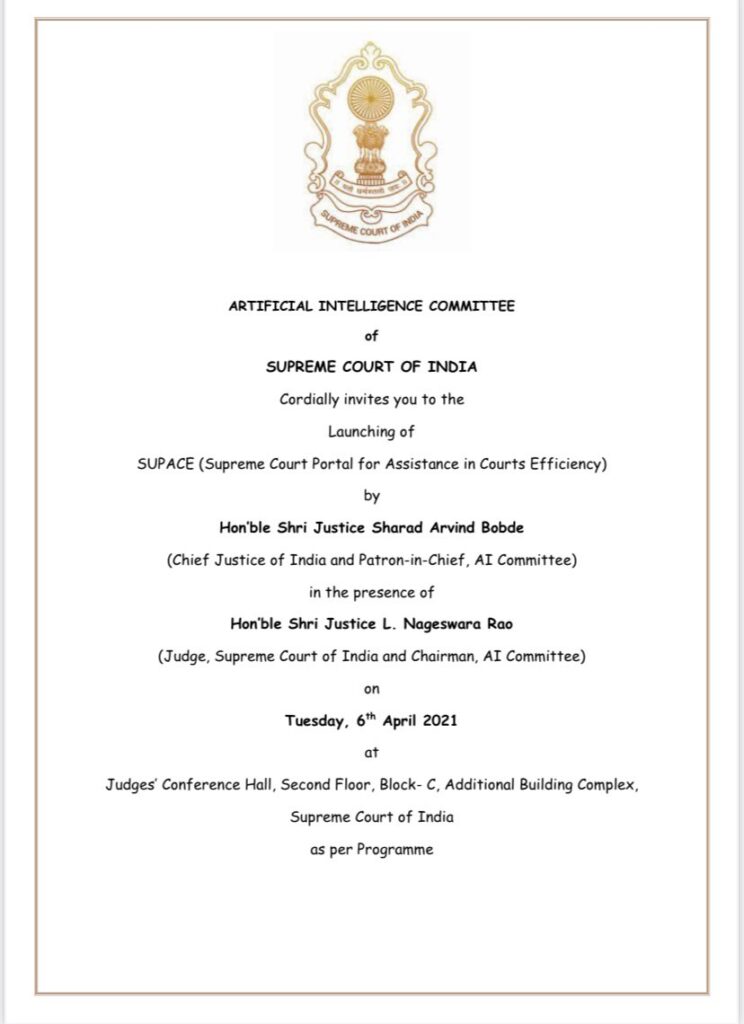
SUPACE stands for Supreme Court Portal for Assistance in Courts Efficiency. Currently, the important functions of SUPACE mainly rely on NLP technology, including:Automatically extract facts such as date and time from documents, locate answers to various questions, index and annotate, etc.
SUPACE is easy to use. Staff only need to enter written statements into the system.You can compare the evidence and conflicting statements of both parties with just one click, and easily find important facts and issues raised by the parties.

Chinese translation from SUPACE development team official twitter
According to the AI Commission,The SUPACE tool is now being used in criminal trials in the high courts of Mumbai and Delhi.
besides,The AI committee is also exploring the use of AI technology in traffic accident claims.A special responsible group was set up for this purpose.
Born into a family of lawyers, he was protested for controversial trials
SUPACE was established by Chief Justice of India SA Bobde (Sharad Arvind BobdeInitiate.
SA Bobde was born in 1956 into a family of lawyers. His great-grandfather, grandfather and elder brother were all senior lawyers in India, and his father was a legal advisor in the state of Maharashtra.
On April 12, 2013, SA Bobde, then Chief Justice of the Madhya Pradesh High Court,He was promoted as a judge of the Supreme Court of India and began his eight-year tenure in the Supreme Court.
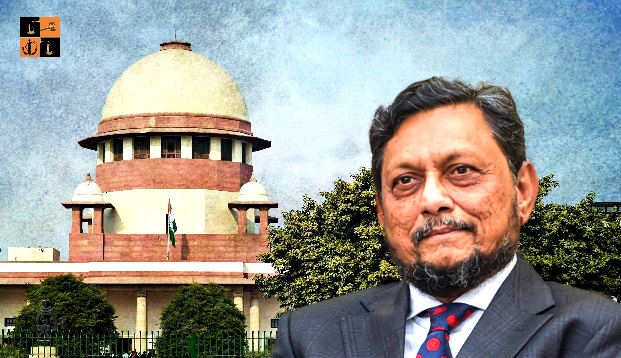
Will retire on April 23, 2021
In 2019, SA Bobde, after being sworn in as Chief Justice of the Supreme Court of India, first proposed the use of AI to assist the Supreme Court in handling cases.India's Supreme Court sets up AI committeeAims to improve the administrative efficiency of the judicial system by relying on machine learning and AI technology.
Just this March, Justice SA Bobde, in a case involving the rape of a minor, had advised the rapist "Marry the victim to avoid jail time."
In addition, in another recent hearing, he believed "Sexual intercourse between a married couple, even if it involves coercion, cannot be considered rape."
Justice SA Bobde's remarks caused uproar in India.This prompted more than 5,000 people to sign an open letter, calling for his immediate resignation and a public apology.
However, SA Bobde did not respond to this.
AI enters the judiciary: how to ensure algorithmic justice
In recent years, with the development of machine learning and deep learning technologies, the role of AI in the judicial field has gradually become prominent. The "Blue Book on Court Informatization" released by the Institute of Law of the Chinese Academy of Social Sciences pointed out that in the current judicial adjudication field, artificial intelligence has shown strong application value in two aspects:
First, the way the refereeing results are generated has changed from manual to intelligent.
An excellent judgment contains two core elements, namelyFair resultsandFully reasoned. Let AI learn relevant precedents, so that the results of similar cases can be basically fair; for professional cases, AI will learn the arguments of previous judges in the logic, which will be of great reference and supplementary significance to the judges of the case.
Second, the trial model has undergone a transformation from the “same space model” to the “different space model”.
Internet courts have been established in Beijing, Hangzhou, Guangzhou and other places. AI can complete remote case filing, litigation consultation and guidance, remote trials, and on-the-spot judgments.
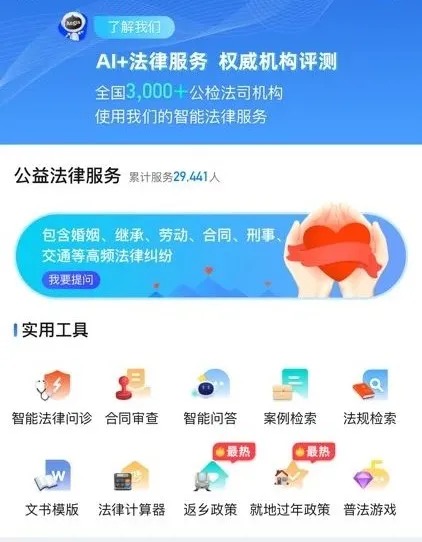
Able to answer over 40,000 litigation questions and handle 30,000 legal issues
However, while we enjoy the high efficiency of artificial intelligence, we cannot ignore the byproduct of AI – algorithmic bias.
When engineers write algorithms and train models,The dataset used will inevitably carryInherent biases in society and culture such as gender, race, and money worship.
SA Bobde, the Chief Justice of the Supreme Court of India, showed gender discrimination against female victims when facing sexual violence, which also reflected the indifference and differential treatment of women's rights by the entire Indian society.
India topped the list of the 10 least safe countries for women published by the Thomson Reuters Foundation in 2018. Another data shows that in 2019, an average of one rape case was reported every 16 minutes in India.
In a country where women's social status is so low and their personal safety cannot be guaranteed,Chief Justice of the Supreme Court –If human judges cannot eliminate their deep-rooted gender biases, what can AI do?
